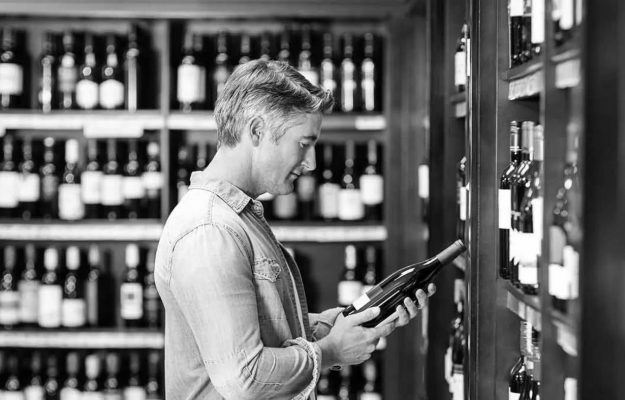The Italian certification of Denomination and Protected Indication wines is not well known at all among consumers. As a matter of fact, most consumers are unaware that the identity of these wines, which comes from the territory, specific varieties, and the know-how of the producer who respects the production specification, is checked and controlled throughout the production chain. Furthermore, certification is an absolutely essential factor for a wine to be able to merit the PDO or PGI recognition. Up until now, the wine sector has not been prone to communicating these aspects beyond the circle of professionals. However, the consumers’ growing interest in the health aspect, the authenticity and the sustainability of wines is a fertile ground on which to start. It is, then, no coincidence that ASSO ODC, the Association of Wine Certification Entities, which brings together the topmost important Italian organizations (Agroqualità SpA, Ceviq srl, Parco3A - Ptz, Siquria SpA, Tca srl, Triveneta Certificazioni srl, Valoritalia srl ), has made its “debut” during “Milan Wine Week” 2022, at ”Casa MIPAAF”, presenting the conference, “Traceability and Certification of European brand wines - Designation of Origin: an added value for the market and the territory”. The associated organizations, which, overall, certify 95% of the Italian production of Denomination of Origin and Geographical Indication, have given an account of their work and the impressive numbers in which the certification process, considered by many one of the most advanced PDO and PGI wines in the world, is carried out.
“Our system of document checks, in the field and in the wineries”, Luca Sartori, president of Asso OdC, said, “allows us to obtain a full and complete traceability of every batch of wine placed on the market. It is a complex system, which on the one hand permits us to protect consumers and professionals, informing them that each certified wine possesses the minimum requisites required by policy regulations. On the other hand, it is a guarantee for the wine companies, which can thus provide certainty about their production standards, at any time”. The organizations adhering to ASSO ODC certify 3.5 billion bottles, for an overall production of 29 million hectoliters, relating to 294 DOC, 75 DOCG and 102 TGI, and 1.7 billion wines managed. There are 77.395 samples subjected to chemical and organoleptic verification, and 14.500 tasting commissions for the organoleptic test.
Italian wine with a European brand goes through a fine meshed “sieve” and comes out exceptionally well, judging by the results of the controlled samples. According to the percentages, calculated on the basis of average data provided by the various control organizations, 96.55% are qualified and 2.33% are revisable. “The certification”, Fabio Modi, General Manager of Toscana Agroalimentare Certification, emphasized, “guarantees the uniformity of verification in compliance with the characteristics of each single denomination, in consideration of the fact that Italy must relate to the world market”. The regulatory framework related to wine certification, registering everything in the necessary space-time separation, also allows you to keep a history of company production and commercial operations. It is, therefore, an opportune traceability of products upstream of wine, lots and orders and their quantity and quality parameters. “It should be mentioned that not all agricultural products”, Giuseppina Amodio, Operational Director of Valoritalia, underlined, “are certified for each lot as being the wine for which the certification process guarantees traceability of each Denomination and Protected Indication batch produced in Italy, and subsequently marketed”. And there is more. The sheer amount of data on the wine production chain makes it possible to provide the Protection Consortiums that govern individual denominations with the tools they need to manage them in the correct way. “The Italian traceability and certification system”, Enrico De Micheli, at Agroqualità, commented, “is at the forefront and probably the best in Europe, and it gives a valuable guarantee of the product, which helps to define a better market positioning of DO and PGI wines. It is a virtuous circle that affects the economy of the production area”. “I would like consumers to be aware of what surrounds a bottle of PDO or PGI wine”, Sartori concluded, “and to feel protected by our work”.
Copyright © 2000/2025
Contatti: info@winenews.it
Seguici anche su Twitter: @WineNewsIt
Seguici anche su Facebook: @winenewsit
Questo articolo è tratto dall'archivio di WineNews - Tutti i diritti riservati - Copyright © 2000/2025









































































































































































































